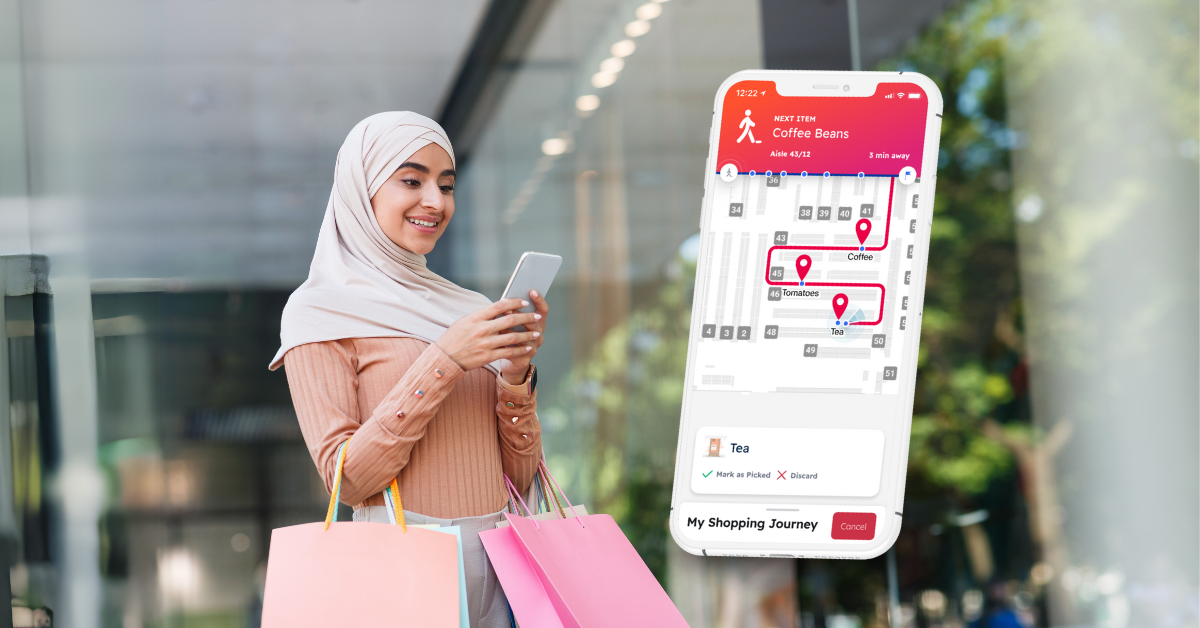Increasing Value for Hotel WiFi. Beyond Connectivity

Hotel Guests carry 2-3 devices when traveling. 63% of travelers consider free Guest WiFi when booking a hotel property
Hoteliers benefited from paid Internet services for many years. Some of them, especially high-end hotel operators still offer premium packages for a fee. However, revenue generated from Guest WiFi is longer justifies WiFi investment.
“While free Guest WiFi can be seen as a cost, it is commonly established that giving guests the freedom to select your hotel is made much easier when you advertise a free WiFi service” – eHotelier.com

Increased demand for Hotel Wi-Fi
Hotel guests carry 2-3 devices on average and demand for free, secure, and fast WiFi is increasing. The majority of hotel guests connect to social networks, watch videos on YouTube, and use movie streaming apps like Netflix or Hulu.
WiFi Analytics for Hotels
Traditional hotel HSIA (high-speed internet access) hardware provides basic Guest WiFi connectivity with complicated login forms. They provide very limited reports about guest analytics.
Using Guest and WiFi analytics tools, hoteliers get to know in-depth insights about guests and their interaction with the venue. Hotel marketing managers are provided with tools to create different customer segments and engage them through various marketing channels such as push notifications, social engagement, SMS, and e-mail campaigns.
Monetizing Hotel Wi-Fi
An article published on eHoteliers.com suggests that hotels can advertise free WiFi to promote their brands. Yet they can use Guest WiFi as a marketing tool by providing Social login options. This way they can utilize free WiFi as a marketing tool. While guests connect to WiFi for free, they advertise their services on the splash portal.
Moreover, hoteliers build a guest database, not only through a property management system (PMS), but also by collecting the guest demographics, likes on Facebook, and followers on Twitter.
By using WiFi marketing software, hoteliers have better opportunities to engage with their guests.
They communicate with hotel guests as well as walk-on guests to increase room occupancy as well as boost their F&B outlets occupancy.





